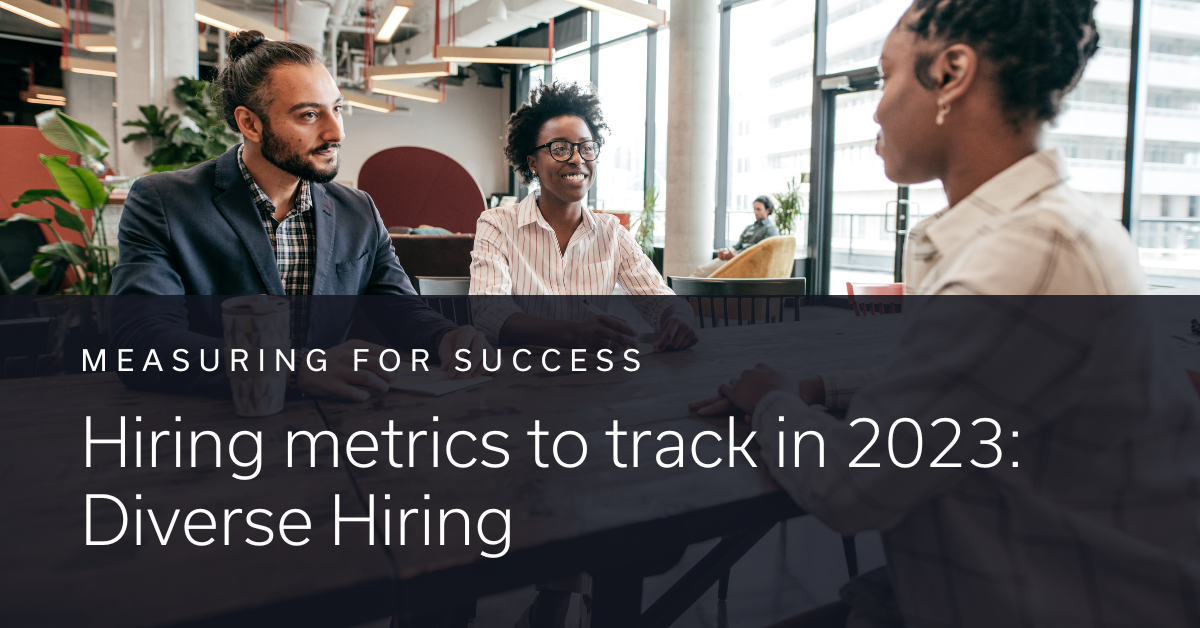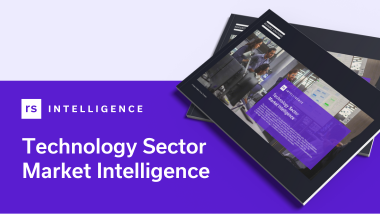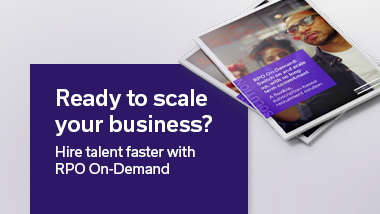Hiring Metrics to Track in 2023: Diversity
It is widely acknowledged that diversity is directly linked to improved business performance. Research from McKinsey reveals that organisations with a more gender balanced executive team were 25% more likely to have above-average profitability than their peers; whilst those with increased ethnic and cultural diverse representation were seen to outperform peers by 36%.
Diversity is a strategic imperative for all organisations. Different backgrounds and experiences bring different perspectives that is proven to lead to faster problem solving, better decision-making, more creativity, higher employee engagement and overall, improved business outcomes. And organisations need to be truly representative of the customers they serve. This means all under-represented groups – gender, race, ethnicity, age, religion, sexual orientation and disability to those who are cognitively diverse or who come from disadvantaged socio economic backgrounds.
So, what should you measure?
Have you audited your recruitment process and tracked the demographics of skills? Are you advertising roles in the right places and locations? How diverse is your panel of interviewers? Are you receiving referrals from diverse candidates? These are just some of the questions you need to ask and data sets you should consider tracking.
You need to have a mechanism to capture that data as this will help you highlight blind spots you’re not aware of and how you can go about solving the challenges you’re facing. Data enables you to make refinements to connect with diverse groups, helping you understand how you’re being perceived vs. how you think you’re being perceived. Data will enable you to better understand at which stage(s) of the process you’re rejecting or losing talent and enables you to ask the sometimes difficult challenger question of “why?”
Partnering with a reputable RPO provider will help you attain that data visibility. From assessing outreach effectiveness to examining the way your job ads are worded and the imagery you’re using; all the way through to the effectiveness of the recruitment process and onboarding experience, you can drill down to a granular level of detail on all aspects through interactive dashboards that consolidate and visualise this critical information.
Lastly, diversity needs to be tracked beyond the point of hire. The effectiveness of your internal mobility programme and creating equal opportunity is one metric, there are a host of others to consider such as: retention of diverse talent, employee advocacy; even to the percentage of your employee population who have been trained on key topics such as unconscious bias or allyship. Attendance rates at internal events celebrating different cultures and genders such as Black History Month or International Women’s Day (IWD) are also telling measures; as are engagement rates with employee resource groups (ERGs).
The journey
Diversity is far more than just numbers, it’s at the very heart of organisational culture. I personally have gained so much from our own company initiatives and the conversations I’ve had both with colleagues and clients to better understand diversity. Organisations are all at different stages of maturity with their diversity initiatives, and creating a diverse workforce is a journey with no end destination. The true measure of success is to see consistent, continuous improvement; but it is only through data-led insights that you’ll be able to measure progress and take action that leads to meaningful change.
If you’d like to discuss further, you can reach me at dean.bailey@resourcesolutions.com.
Want to learn about other key hiring metrics to track in 2023? Read our previous blogs on cost per hire and internal mobility.













